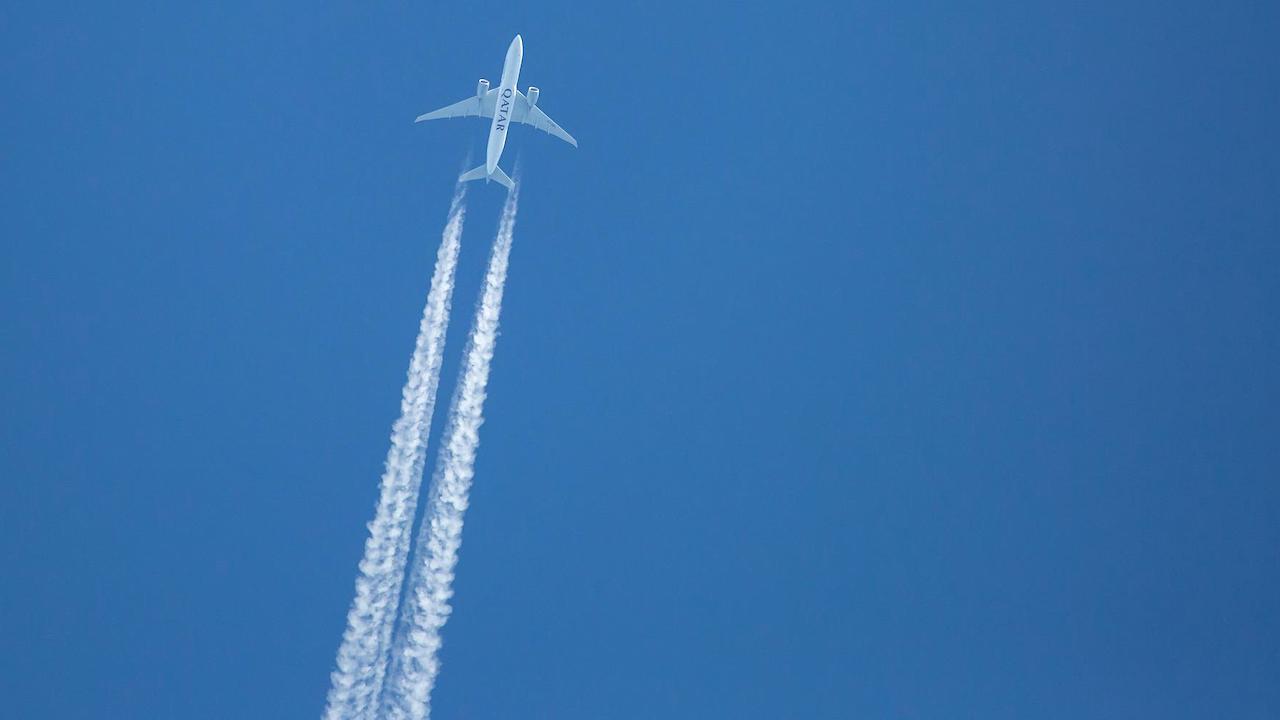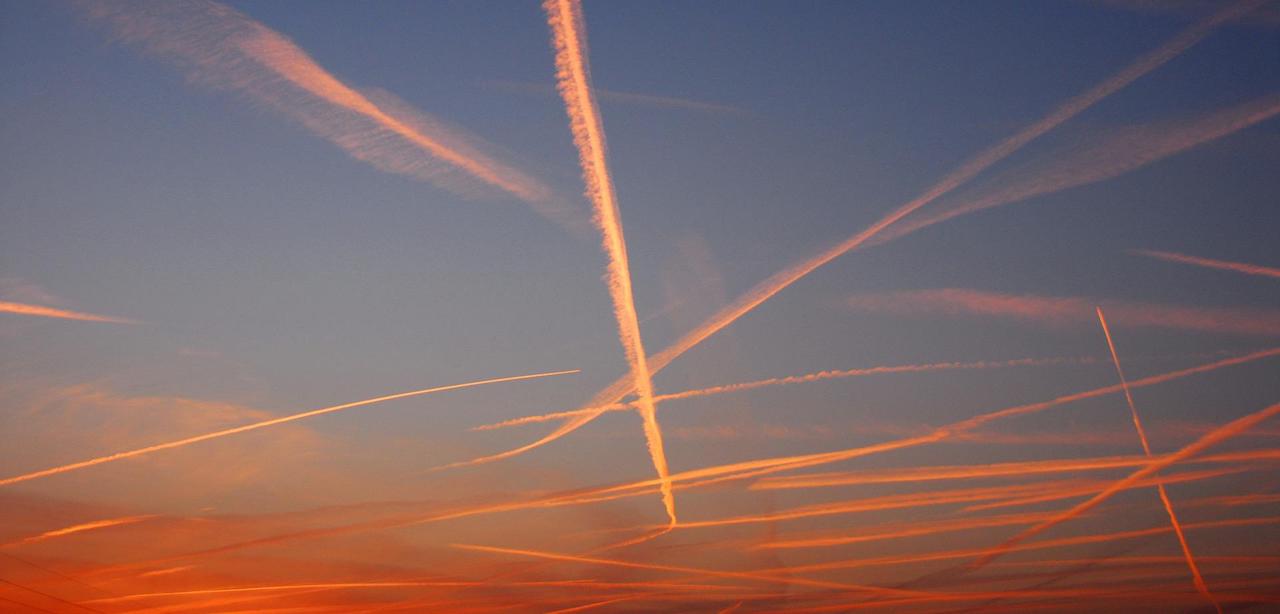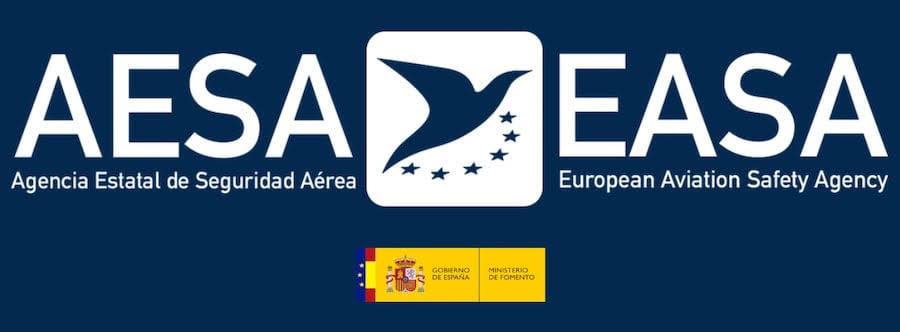You’ve most likely seen the white trail some aeroplanes leave behind and you’ve most probably wondered what they are and how they’re formed. It’s quite peculiar because where various airways meet, large wefts similar to gigantic spiderwebs, can be formed.
In today’s post, we discuss contrails or condensation trails, the ‘mysterious’ white trails planes leave in the sky. Interested in this topic? Continue reading!




